Having the opportunity to talk with Dr. Doan Ngoc Khoi, Deputy Director of Quang Ngai Provincial Museum, I understood why Sa Huynh culture was ranked as a special national monument.
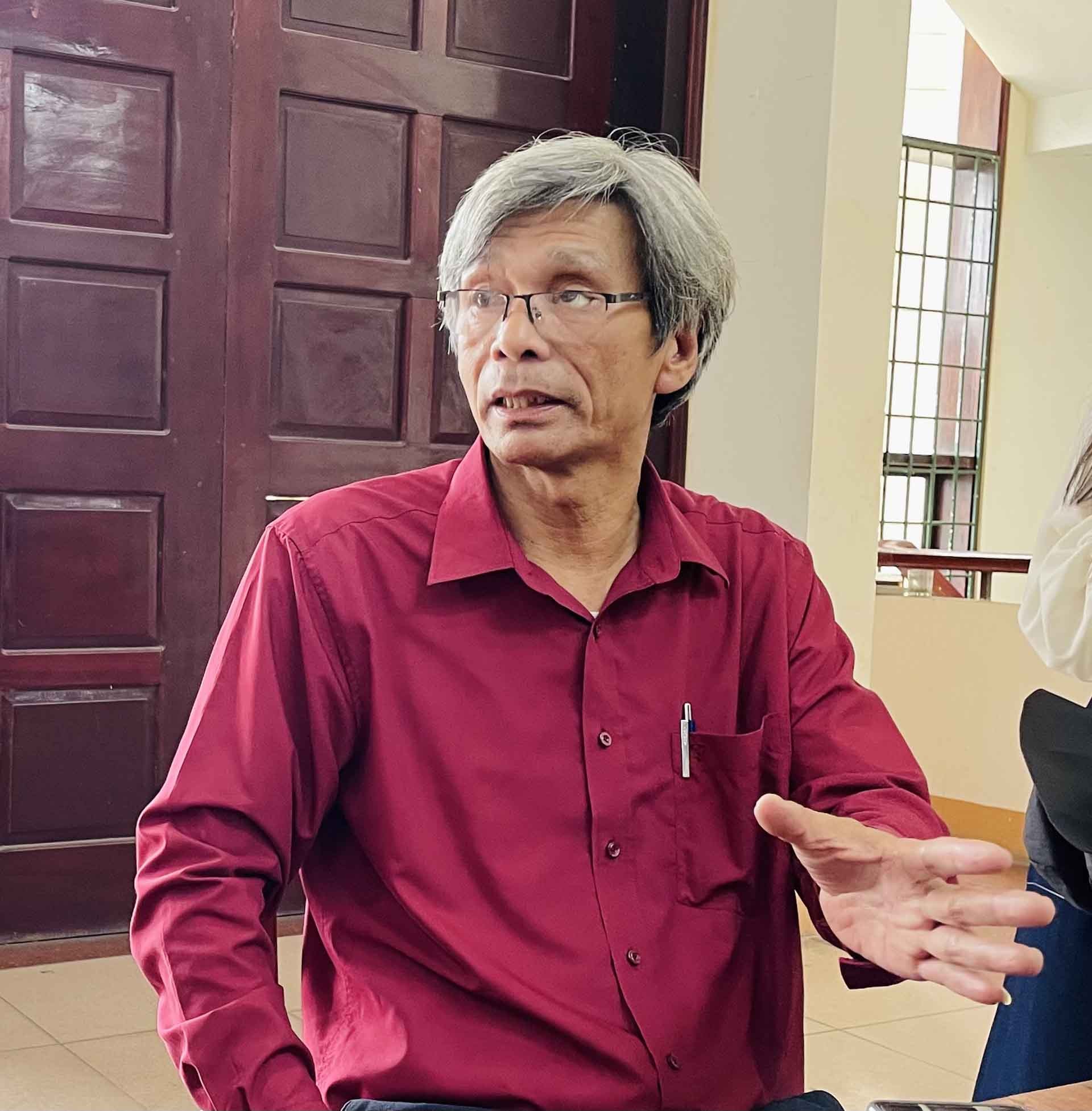 |
| Dr. Doan Ngoc Khoi, Deputy Director of Quang Ngai Provincial Museum. (Photo: Linh Chi) |
I met Dr. Doan Ngoc Khoi during a business trip, along with a group of foreign journalists stationed in Vietnam to learn about and explore Sa Huynh culture in Quang Ngai (August 3-6). At the beginning of the conversation, the doctor shared that Sa Huynh culture is like a fate, closely linked to 35 years of his life and "I am so fascinated, sometimes, this cultural story fills my dreams...".
In the exhibition space of Quang Ngai Provincial Museum and Sa Huynh Cultural Exhibition House, there are many artifacts of Sa Huynh people from the early Stone Age and early Iron Age discovered by Dr. Khoi himself. There are extremely rare artifacts - considered the quintessence of the underground - with the focus being the jewelry of Sa Huynh residents more than 2,000 years ago.
Revealing the mystery
Dr. Doan Ngoc Khoi said that in 1909, archaeologist M. Vinet (French) heard that people had uncovered a tomb, so he decided to go there to investigate and discovered a jar tomb in the sand dunes next to An Khe lagoon (now in Pho Thanh ward, Duc Pho town, coastal area of Sa Huynh).
In the Journal of the French School of the Far East (BEFEO), Mr. M. Vinet wrote: “A collection of jars estimated at about 200 buried not far in the coastal sand dunes. These earthen jars have an average height of 0.80m, differing in shape, containing pots, ceramic vases and jewelry made of precious stones and glass”.
The Deputy Director of the Quang Ngai Provincial Museum said: "That is considered the first announcement about Sa Huynh culture."
From the above-mentioned tomb, through many excavations, French archaeologists continuously discovered traces of a prehistoric culture, finding about 500 jar tombs containing many types of burial objects distributed along the coastal provinces of Central, Southeast and Central Highlands.
Dr. Khoi affirmed that Quang Ngai is considered the cradle of Sa Huynh culture with 26 excavated relics out of more than 80 discovered and researched sites.
After many surveys, Dr. Doan Ngoc Khoi and his colleagues conducted archaeological excavations at the Oc hamlet site (Ly Son). Through excavations, a cultural layer of the Oc hamlet residents over 1.5m thick was revealed. Notably, there were burials interspersed in the cultural layer, including jar and urn tombs. This proves that the Sa Huynh culture in Ly Son lasted from early to late periods.
After that, Dr. Khoi continued to participate in archaeological excavations at Chinh stream (Ly Son), discovering jar tombs, pot tombs and layers of mollusk shell culture interwoven with pottery, this is the late stage of the culture in Oc hamlet. Sa Huynh culture residents lived on Ly Son island from around the 4th century BC and ended around the 2nd century AD.
“One of the achievements of Sa Huynh culture is the jewelry making industry and the style of use of this culture’s owners. The rich appearance of jewelry, diverse in materials, shows that Sa Huynh residents were skillful and had high aesthetic sense. Sa Huynh culture favored jade items. In addition, artificial glass is a brilliant achievement of Sa Huynh culture. Sa Huynh is one of the places that made artificial glass early in the world,” said Dr. Doan Ngoc Khoi.
Spreading and preserving heritage
Despite his tireless research and many important discoveries about the cultural values of Sa Huynh, the Deputy Director of the Quang Ngai Provincial Museum is always concerned about how to make the cultural heritages discovered through archeology more widely known and how to preserve and promote the values of those cultural heritages.
Dr. Khoi excitedly “boasted” that on December 29, 2022, the Prime Minister issued a Decision to rank the Sa Huynh Cultural Special National Monument in Duc Pho town, Quang Ngai province. The Sa Huynh Cultural Special National Monument includes five locations: Long Thanh Relic, Phu Khuong Relic, Thanh Duc Relic, An Khe Lagoon - An Khe Creek Relic and Champa Relic Complex.
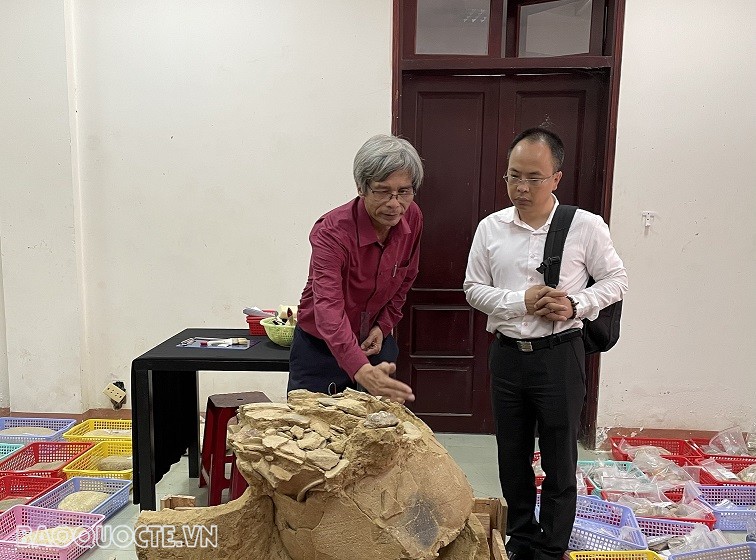 |
| Dr. Doan Ngoc Khoi (left), Deputy Director of Quang Ngai Provincial Museum, shares about Sa Huynh culture. (Photo: LC) |
An Khe lagoon (Duc Pho town) is the largest freshwater lagoon next to the sea in Vietnam with a water surface area of 347 hectares. This is where the Champa and Sa Huynh cultures were formed. This lagoon still has traces of the living space of the ancient Sa Huynh residents.
Dr. Doan Ngoc Khoi commented that the recognition of Sa Huynh Culture as a special national relic is the legal basis for protecting this relic.
“Today, the good news is that the landscape of this relic in Sa Huynh is still intact. Sa Huynh people still live by fishing in An Khe lagoon, pottery making, and agriculture. It can be seen that this living space has recreated the ancient Sa Huynh space, from which the people have become a connection point with domestic and foreign tourists.”
In the coming time, in order for the Sa Huynh Cultural Special National Relic to promote its strengths in cultural heritage resources, Dr. Khoi said that the province will focus on preserving, restoring and promoting the value of the special national relic. This is the best way to connect the past with the present, to preserve and promote the value of history right in the Sa Huynh cultural space - one of the three major civilizational centers in the Bronze Age of Vietnam.
Source



![[Photo] Welcoming ceremony for Prime Minister of the Federal Democratic Republic of Ethiopia Abiy Ahmed Ali and his wife](https://vstatic.vietnam.vn/vietnam/resource/IMAGE/2025/4/15/77c08dcbe52c42e2ac01c322fe86e78b)
![[Photo] National Assembly Chairman Tran Thanh Man attends the summary of the organization of the Conference of the Executive Committee of the Francophone Parliamentary Union](https://vstatic.vietnam.vn/vietnam/resource/IMAGE/2025/4/15/fe022fef73d0431ab6cfc1570af598ac)
![[Photo] Air Force actively practices for the April 30th celebration](https://vstatic.vietnam.vn/vietnam/resource/IMAGE/2025/4/15/16fdec3e42734691954b853c00a7ce01)
![[Photo] Ho Chi Minh City after 50 years of national reunification through buildings and symbols](https://vstatic.vietnam.vn/vietnam/resource/IMAGE/2025/4/15/a224d0b8e489457f889bdb1eee7fa7b4)
![[Photo] General Secretary To Lam meets with veteran revolutionary cadres, meritorious people, and exemplary policy families](https://vstatic.vietnam.vn/vietnam/resource/IMAGE/2025/4/15/7363ba75eb3c4a9e8241b65163176f63)






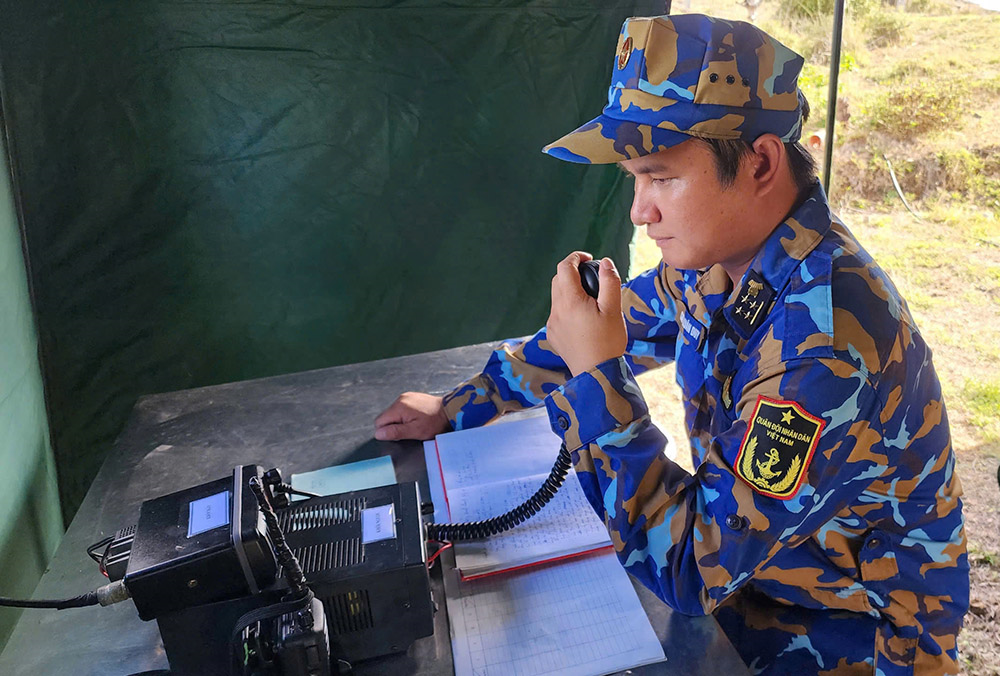

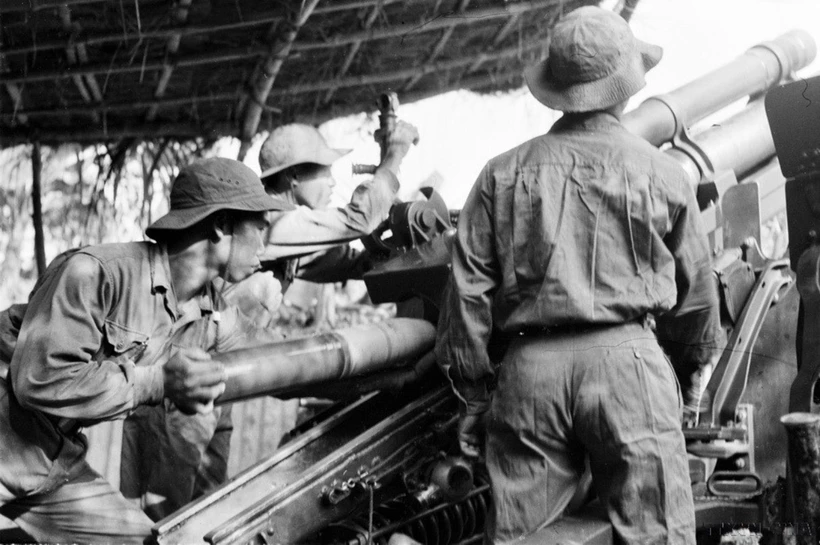

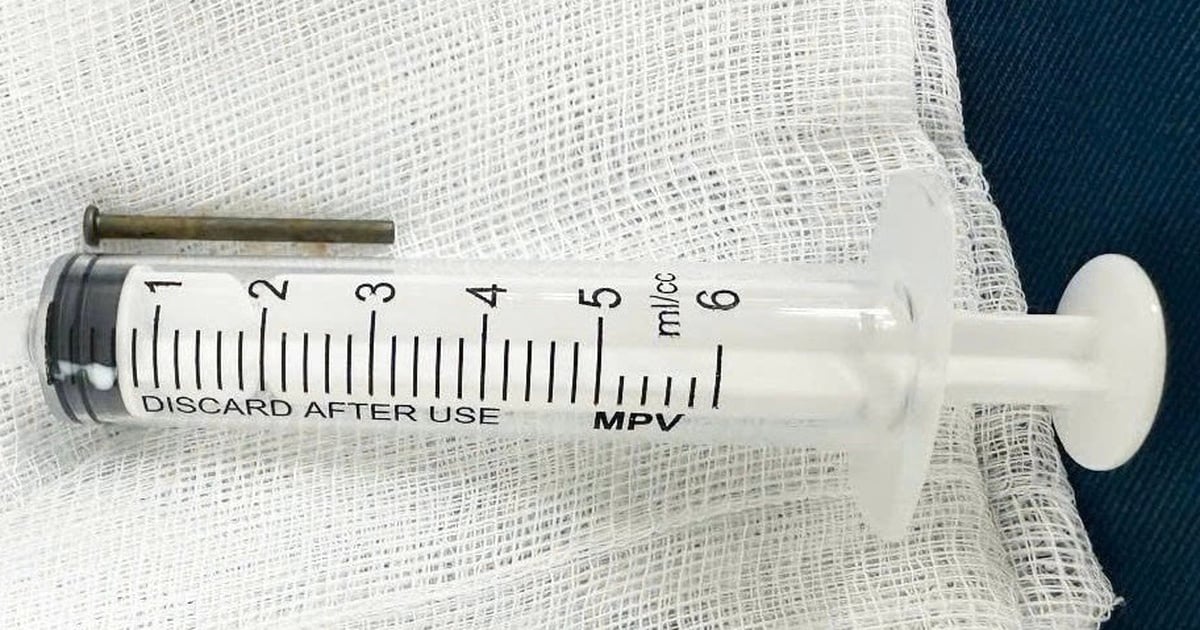

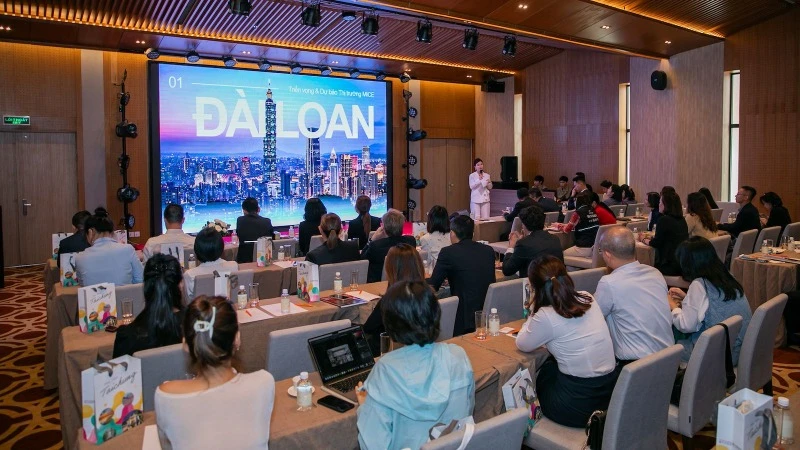
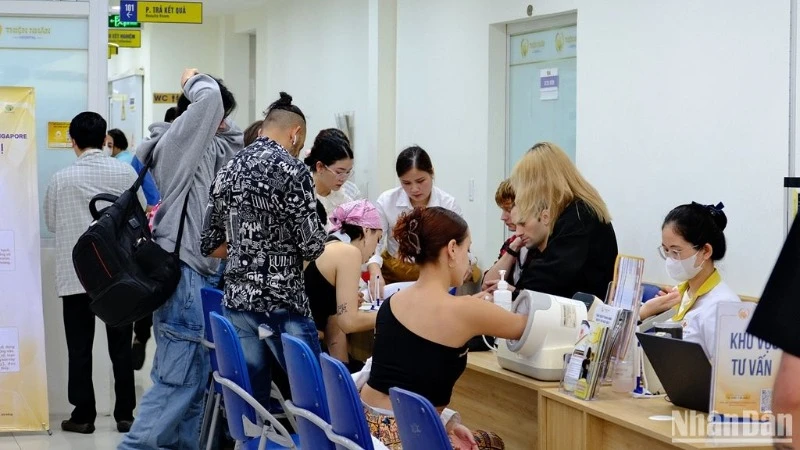

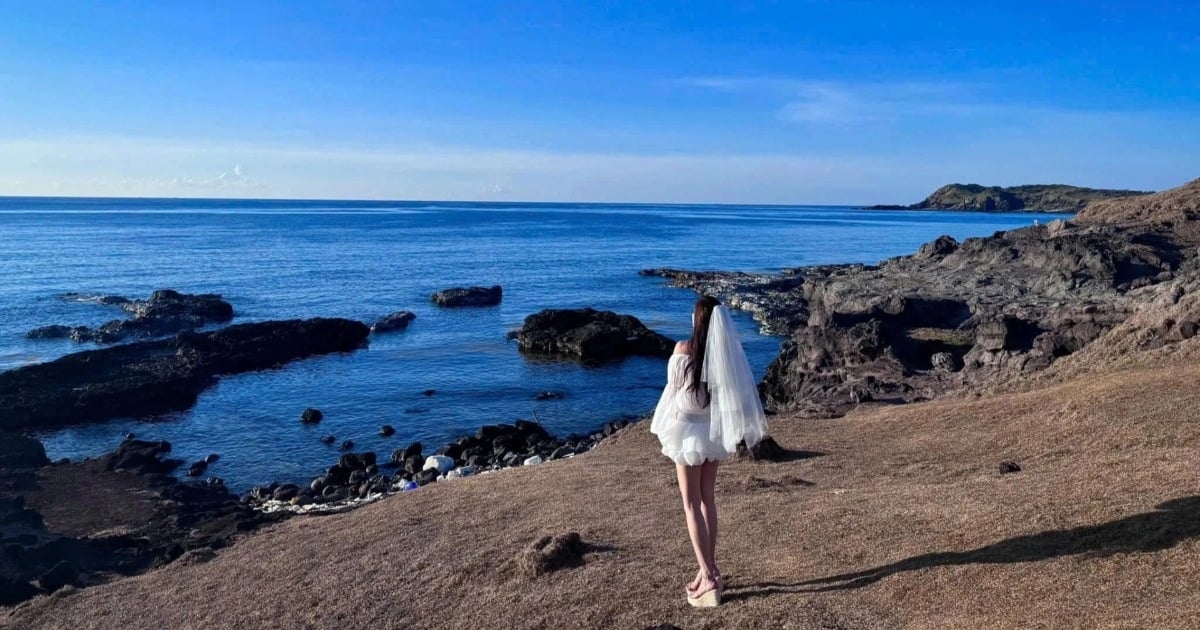
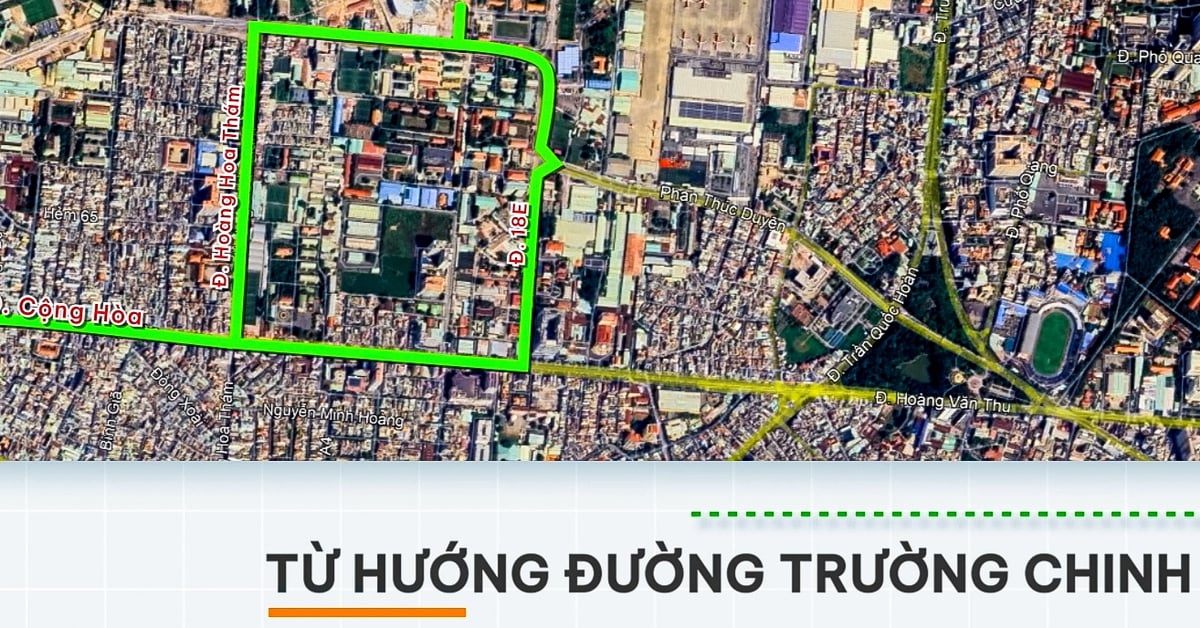
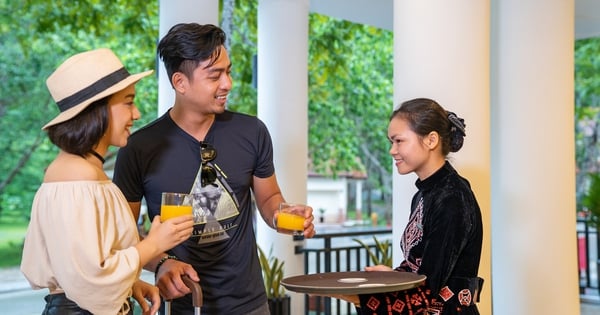









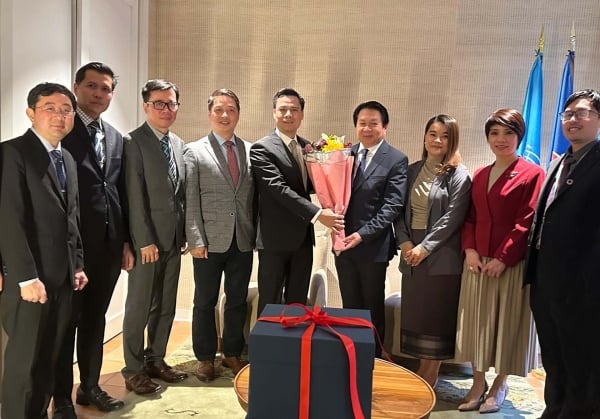






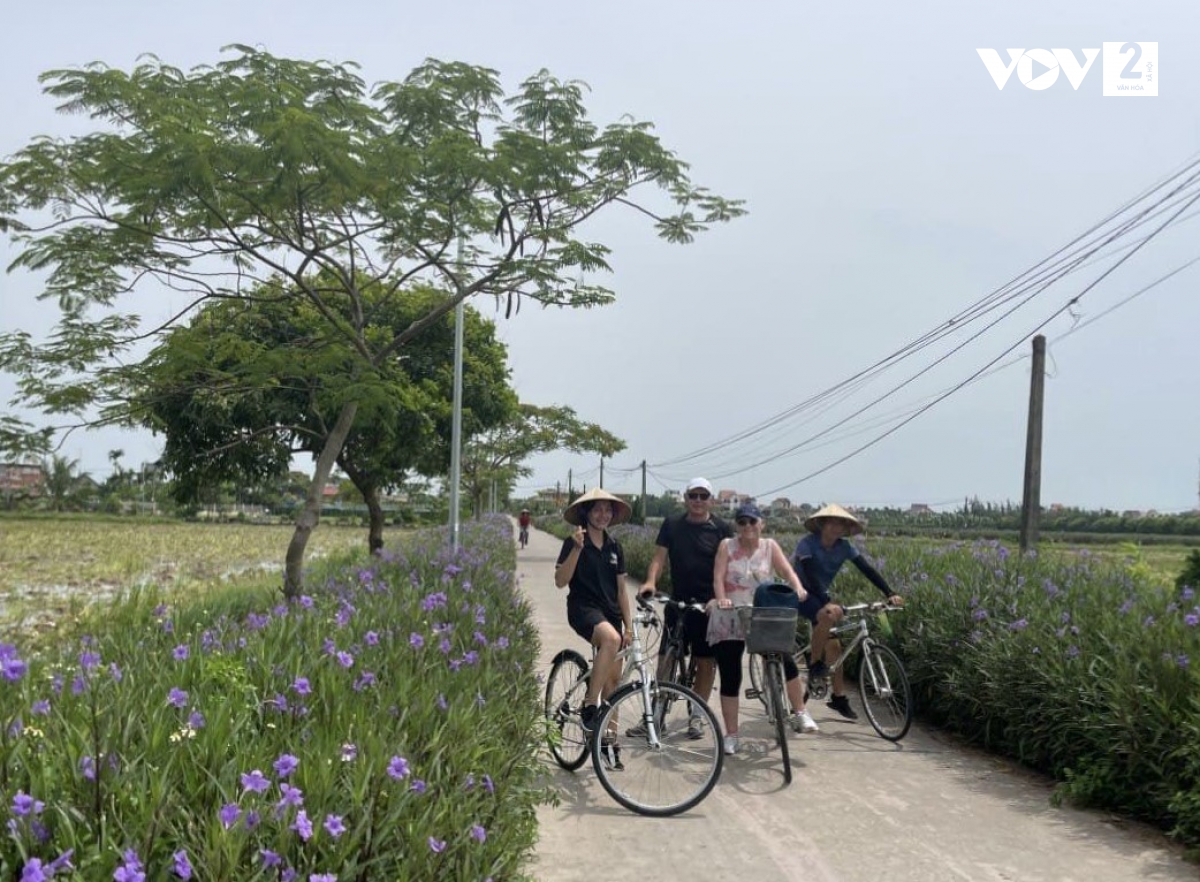

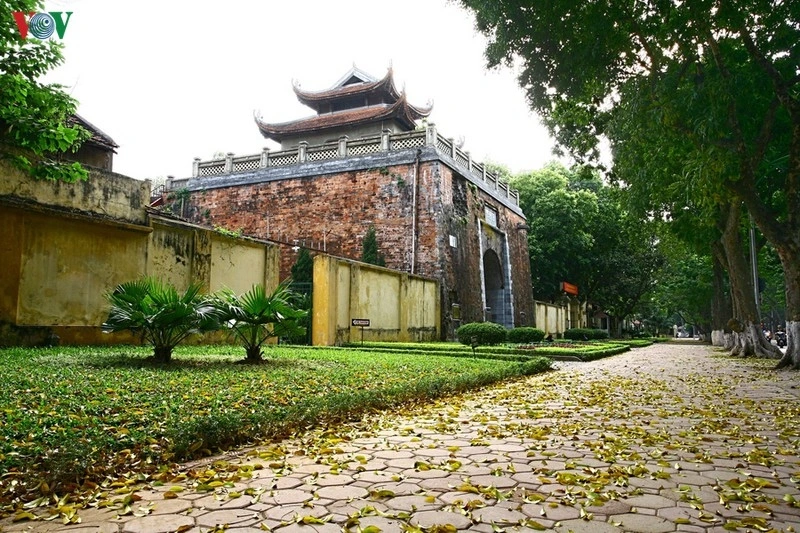
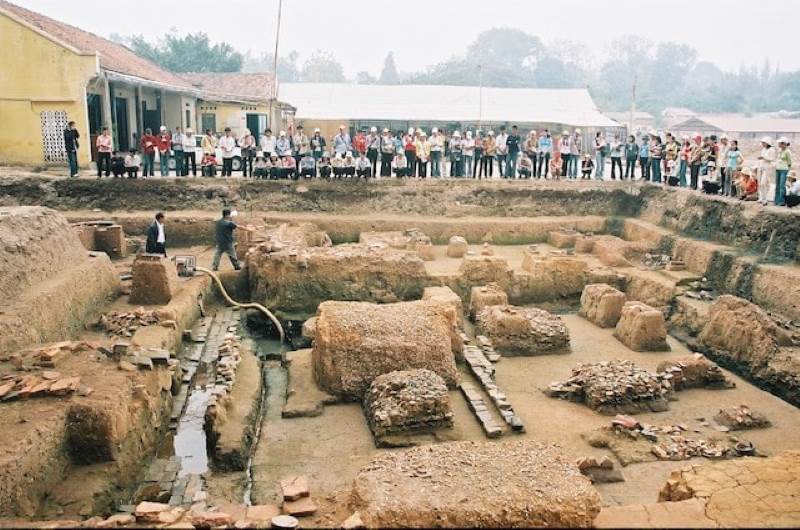

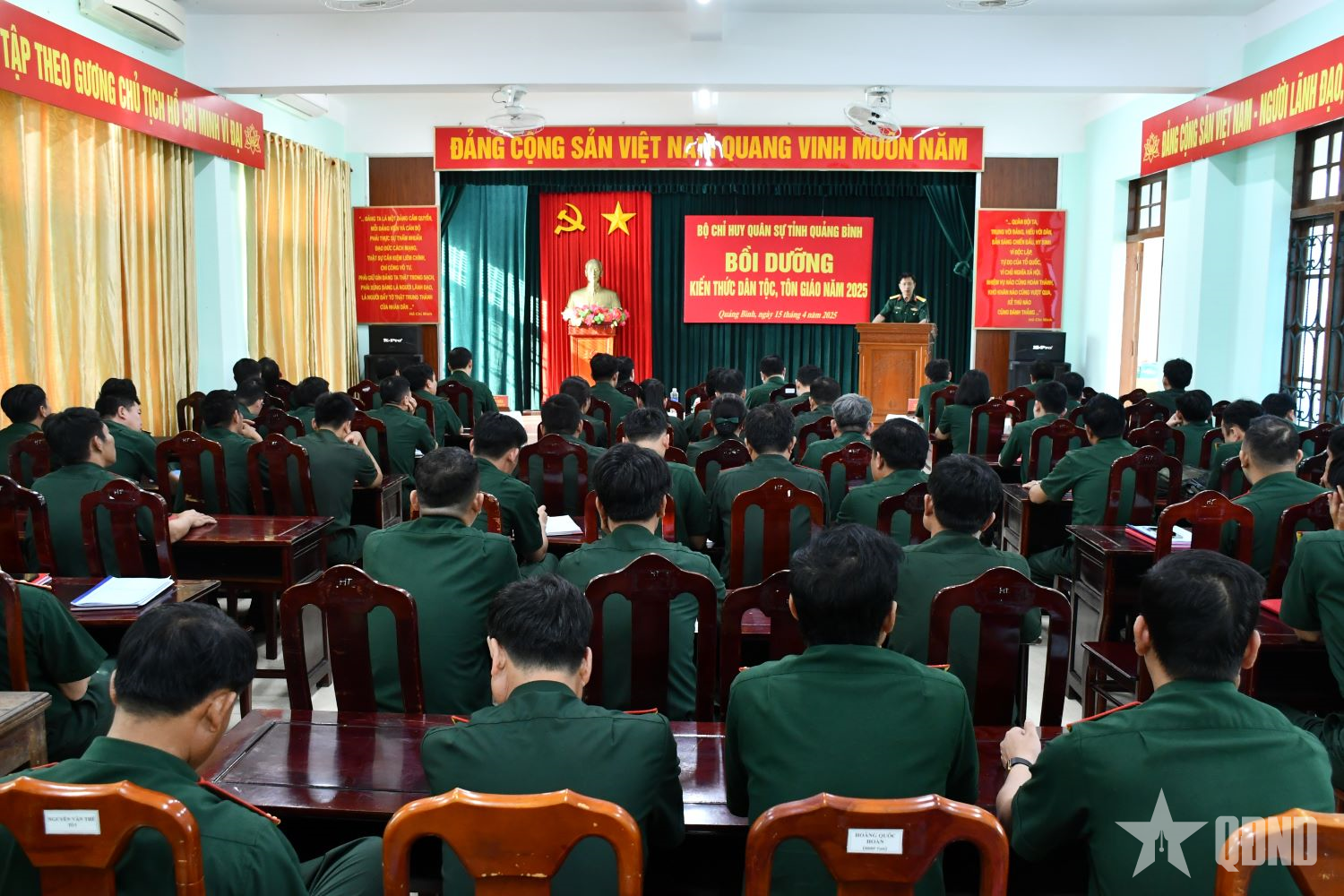


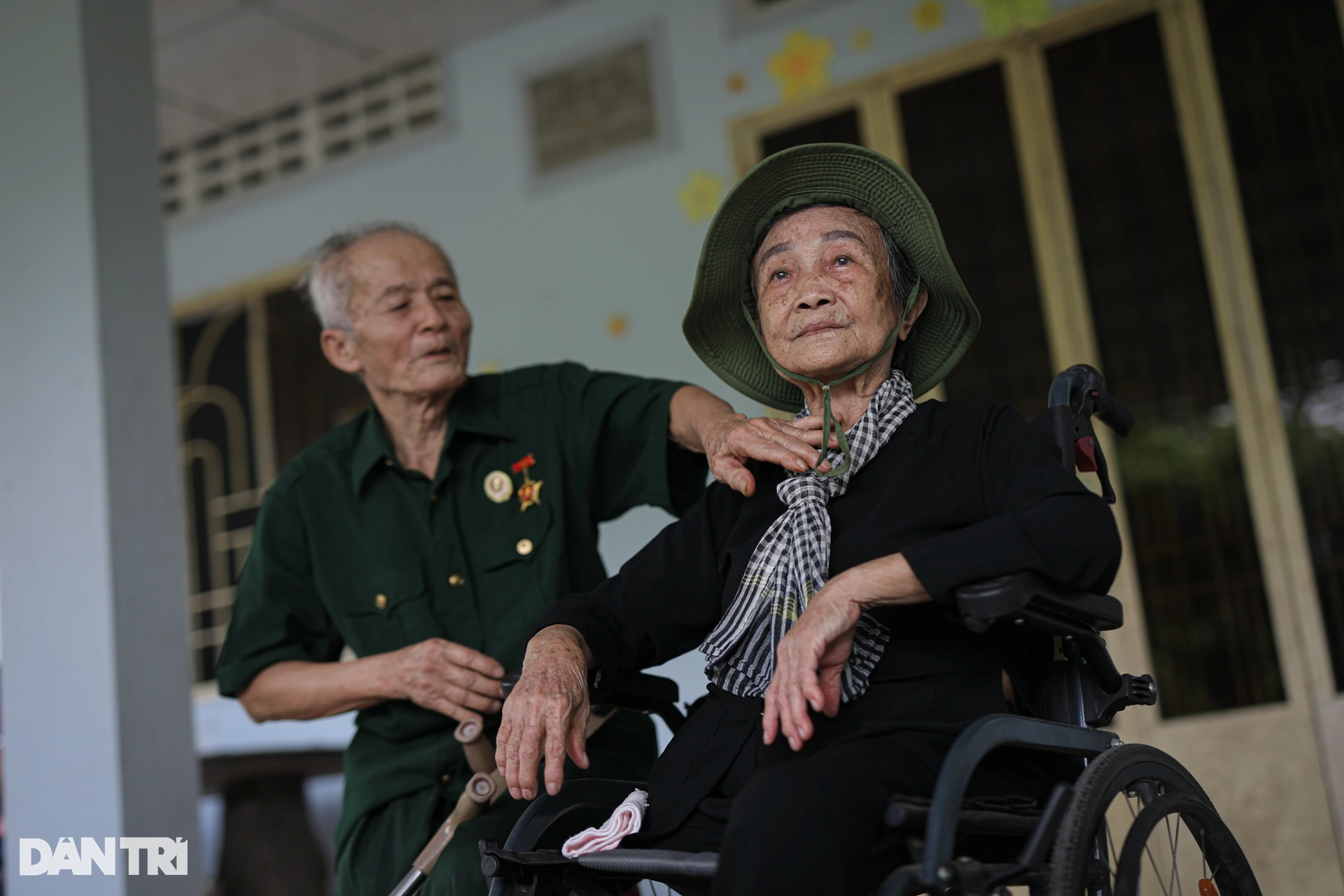

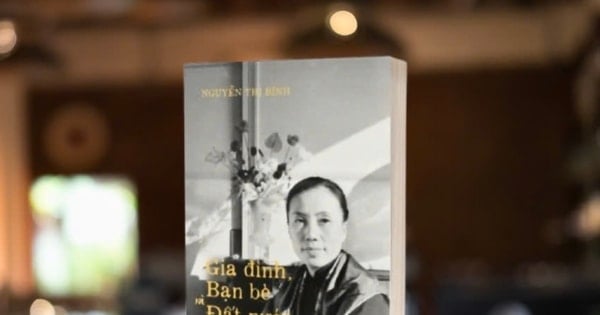

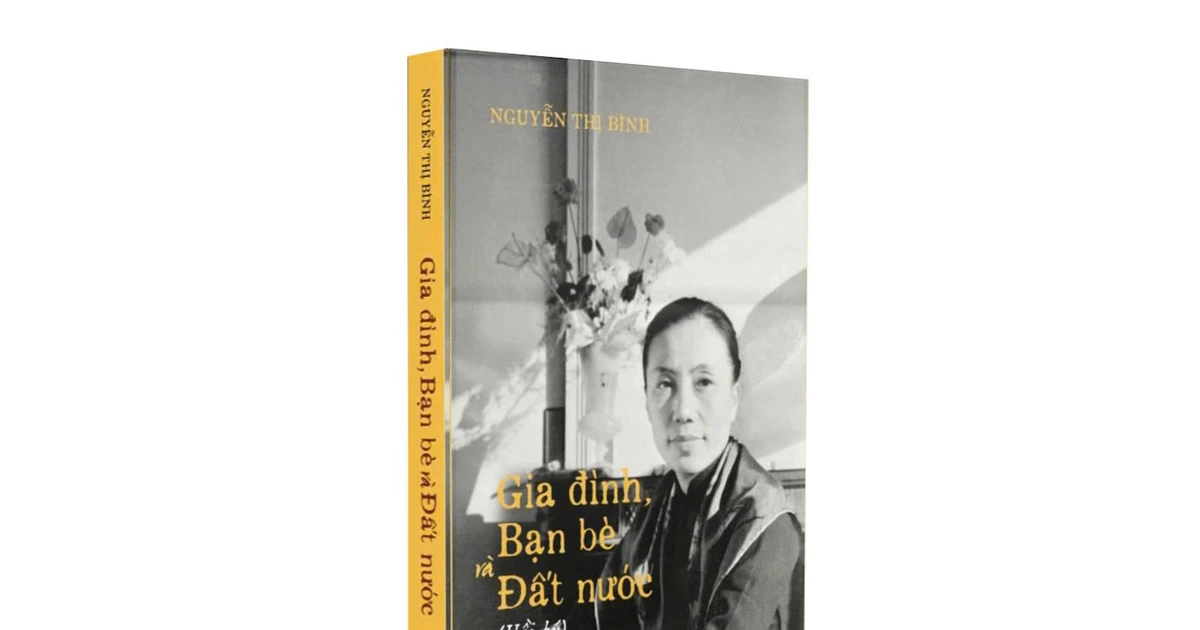

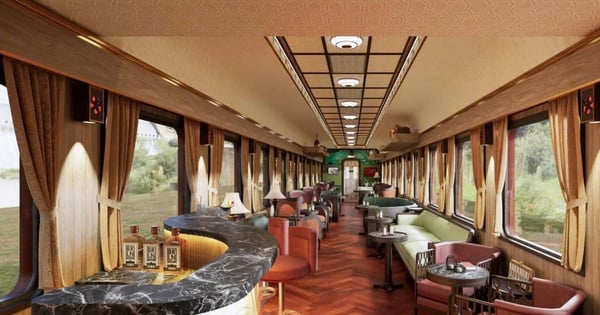


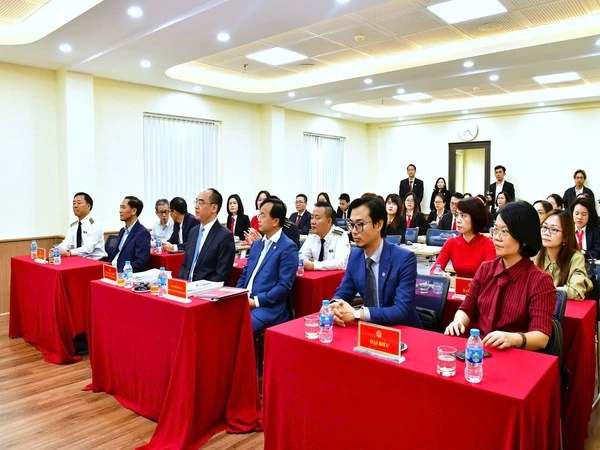


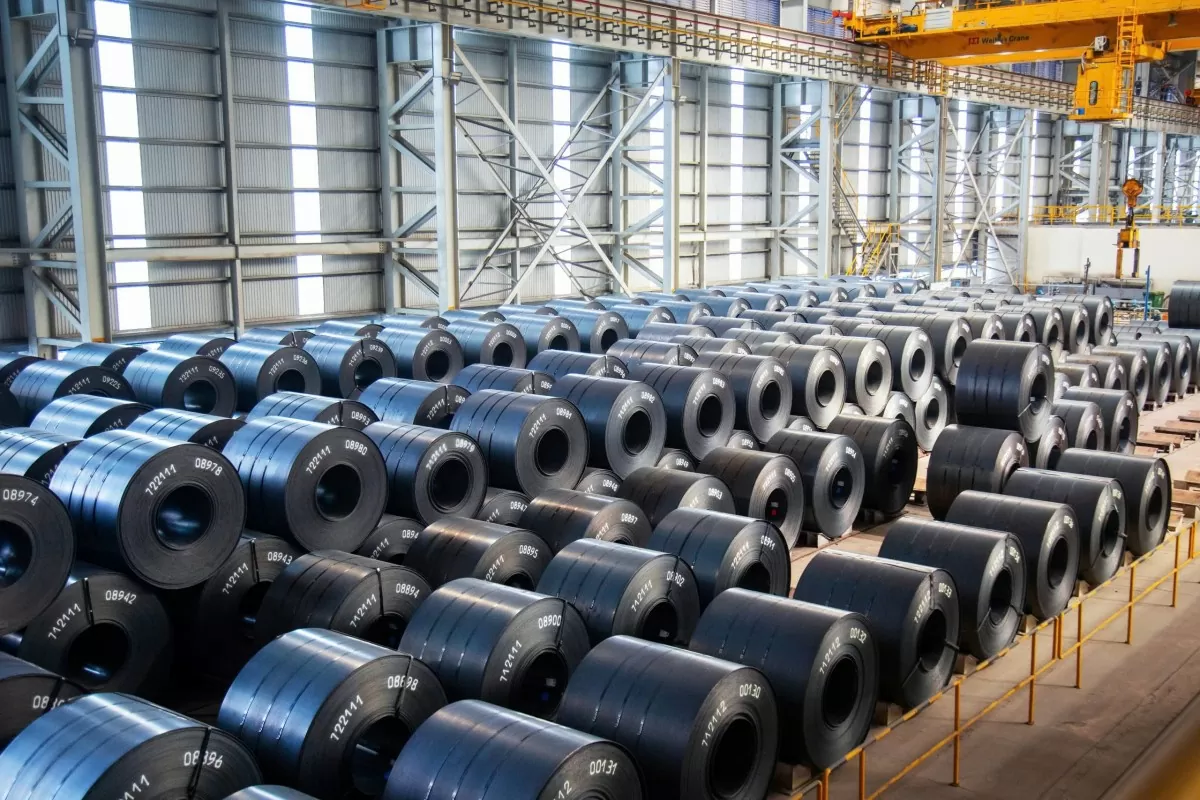



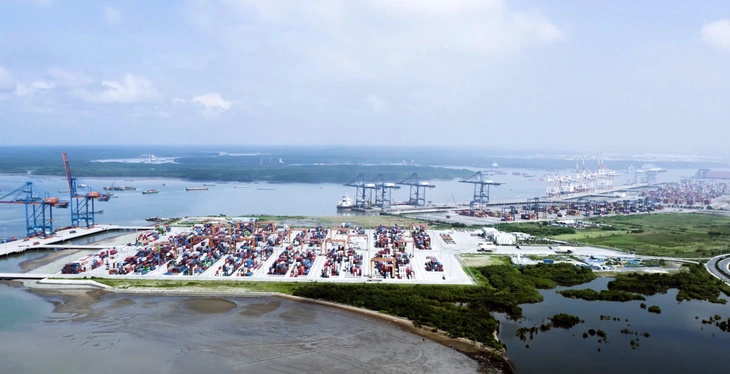


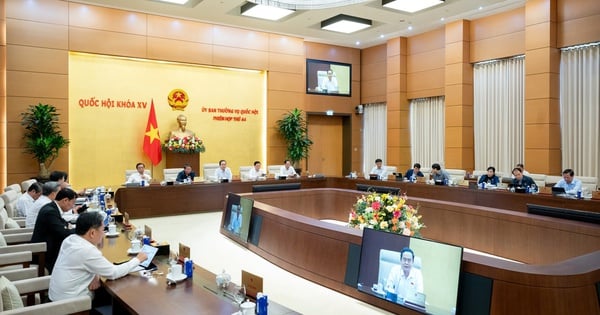

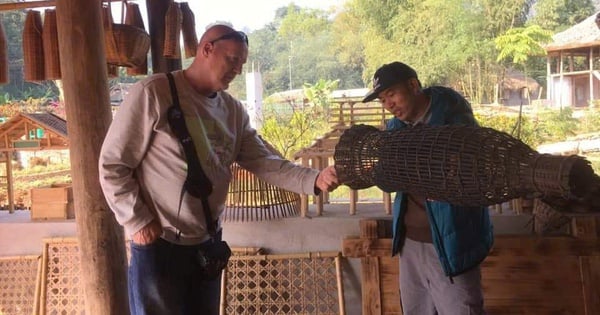


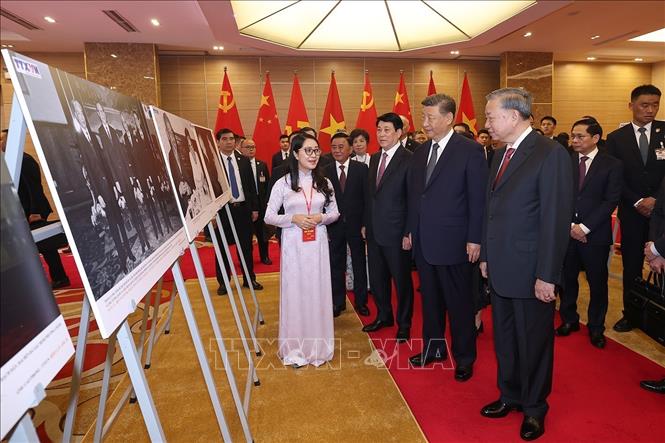

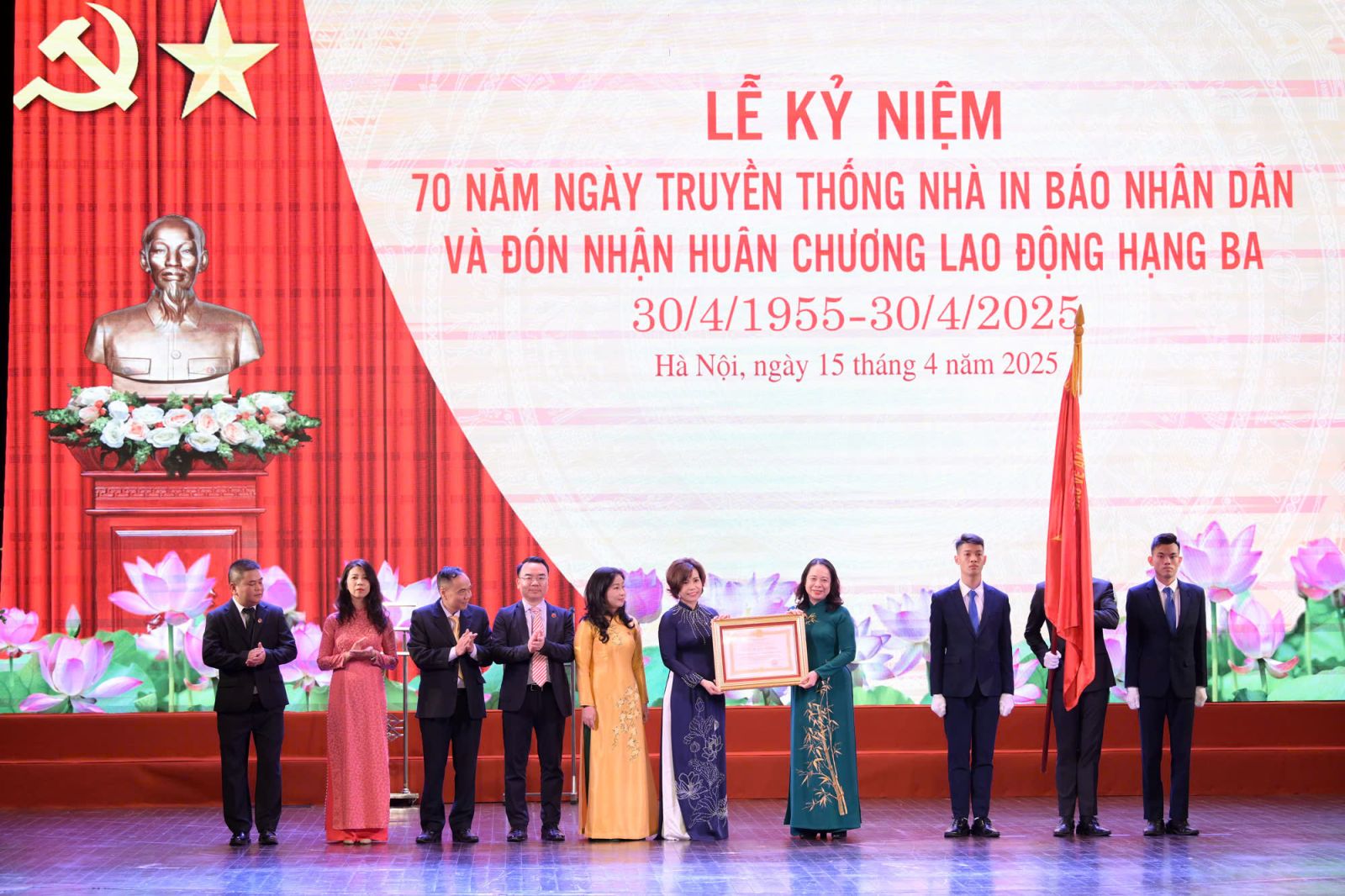
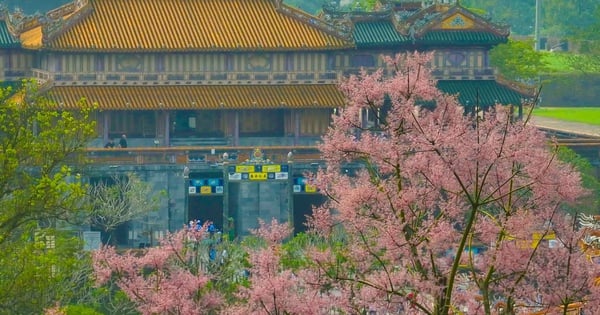
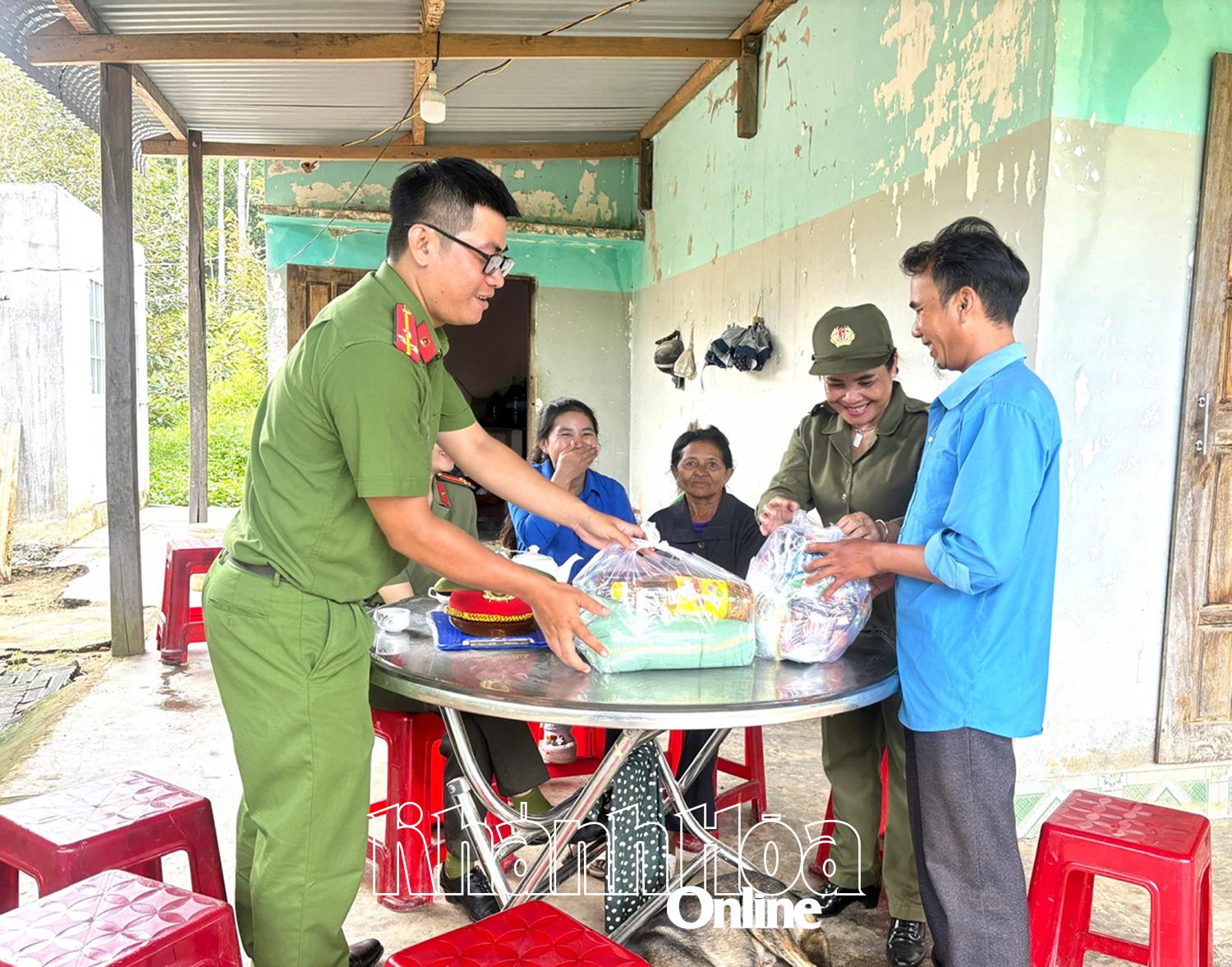

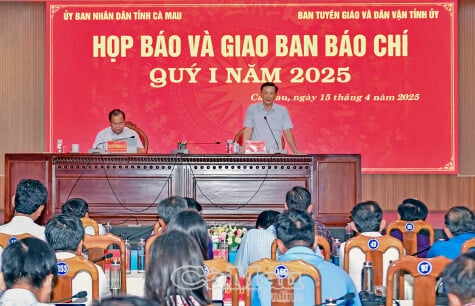

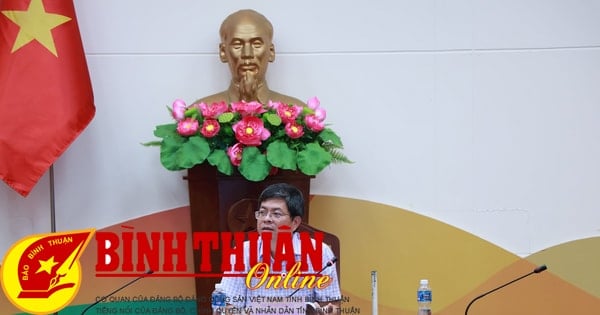






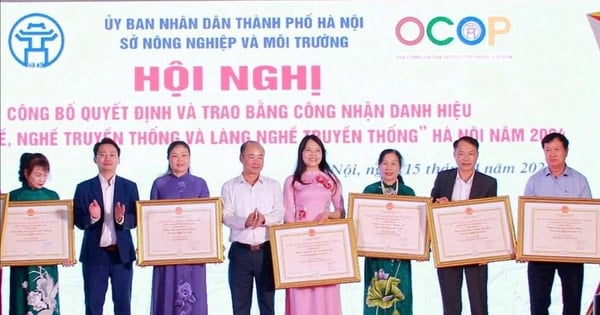


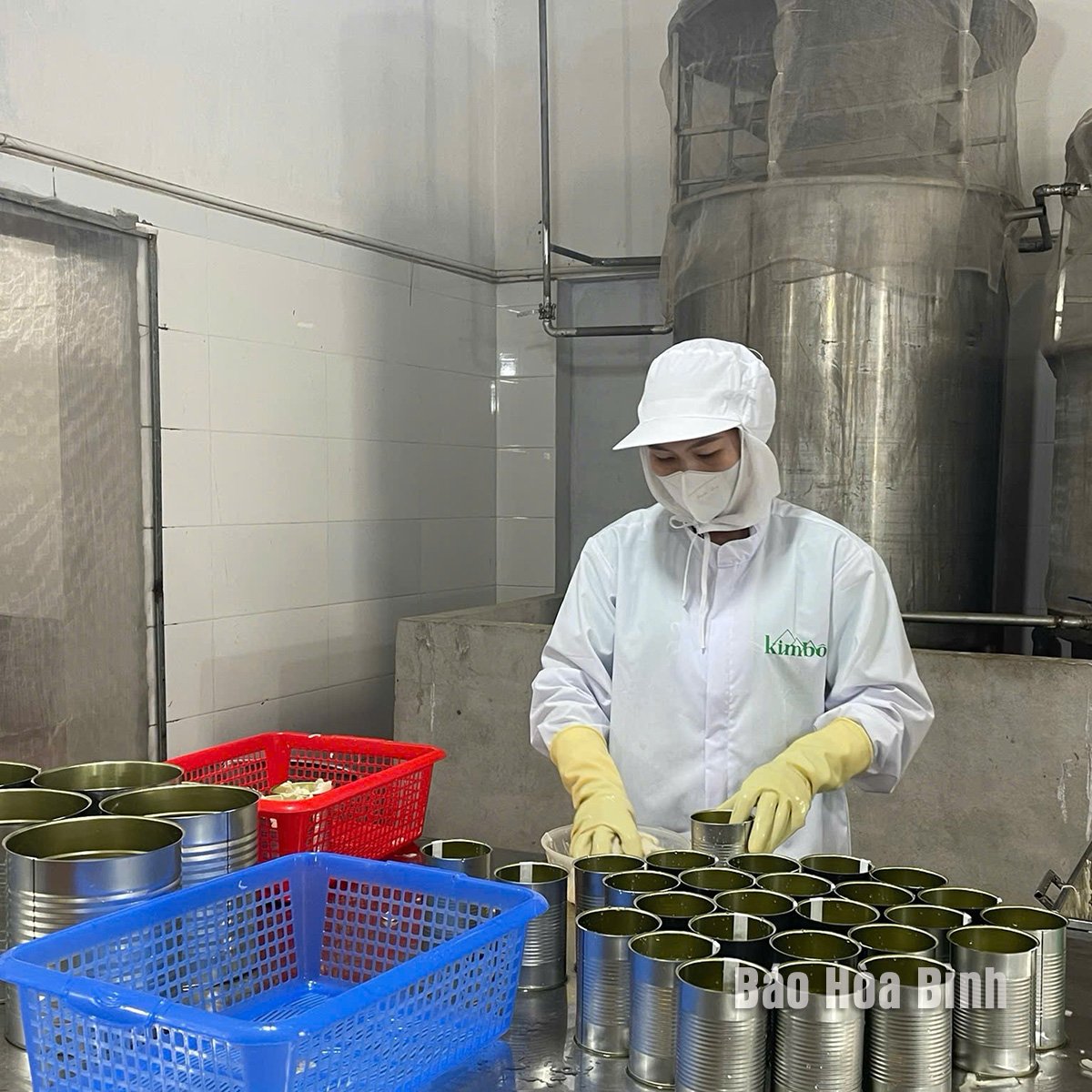

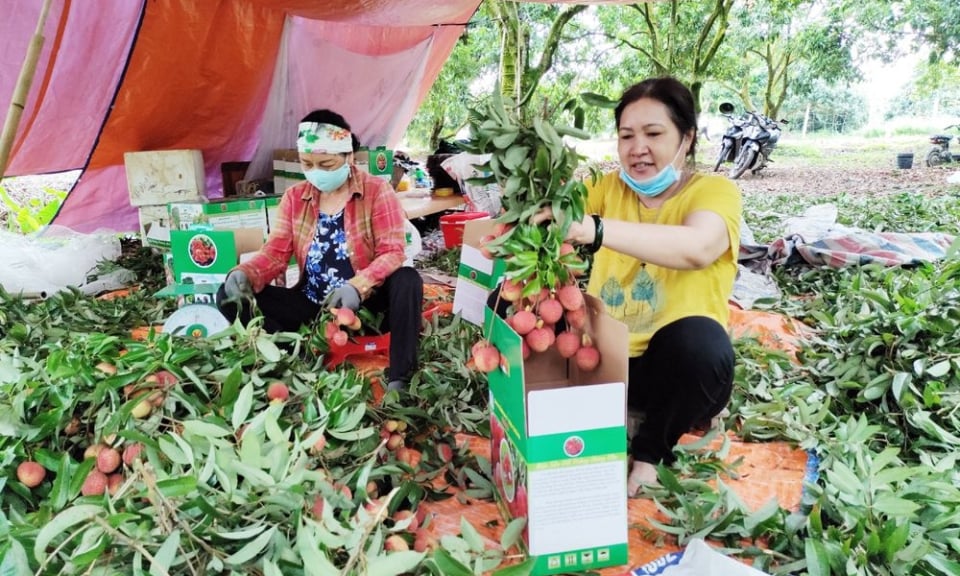

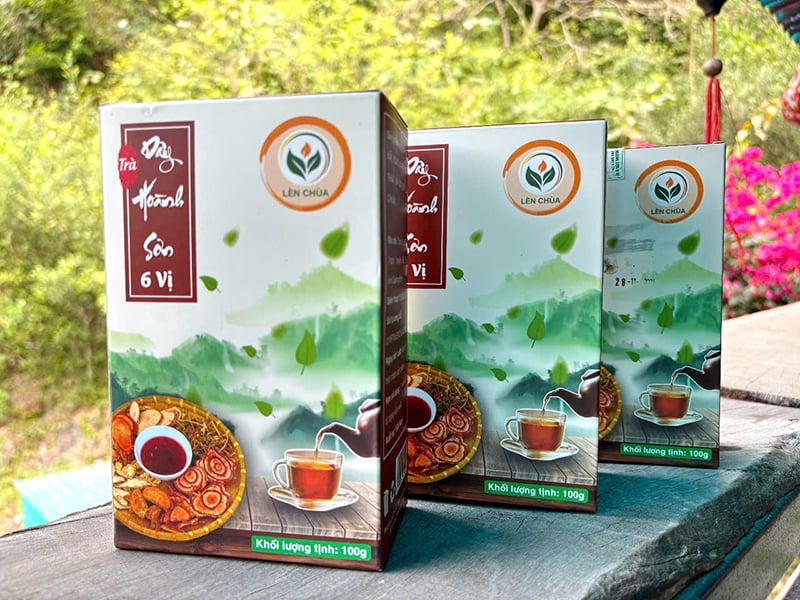
Comment (0)